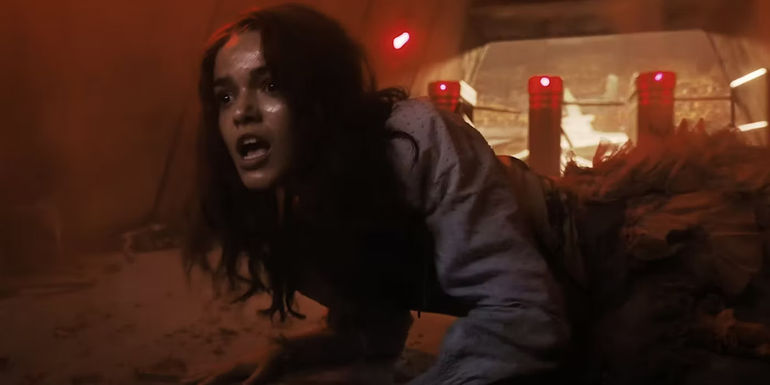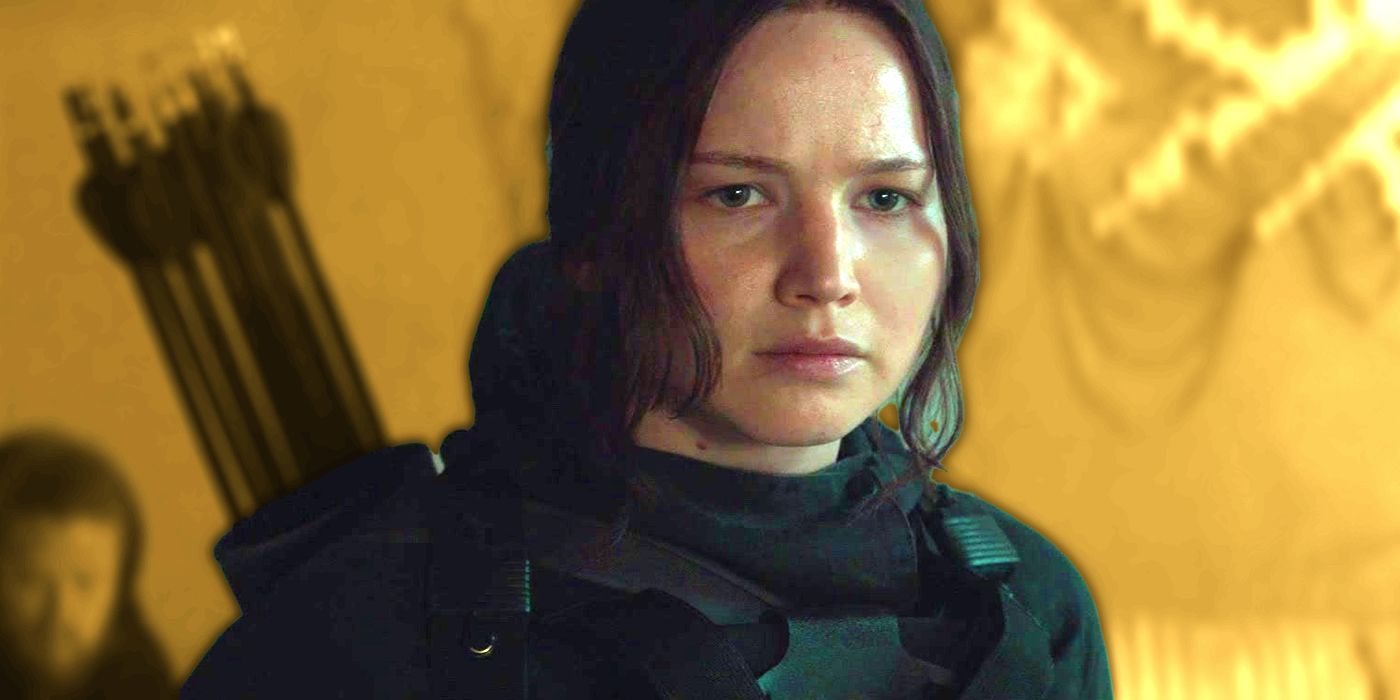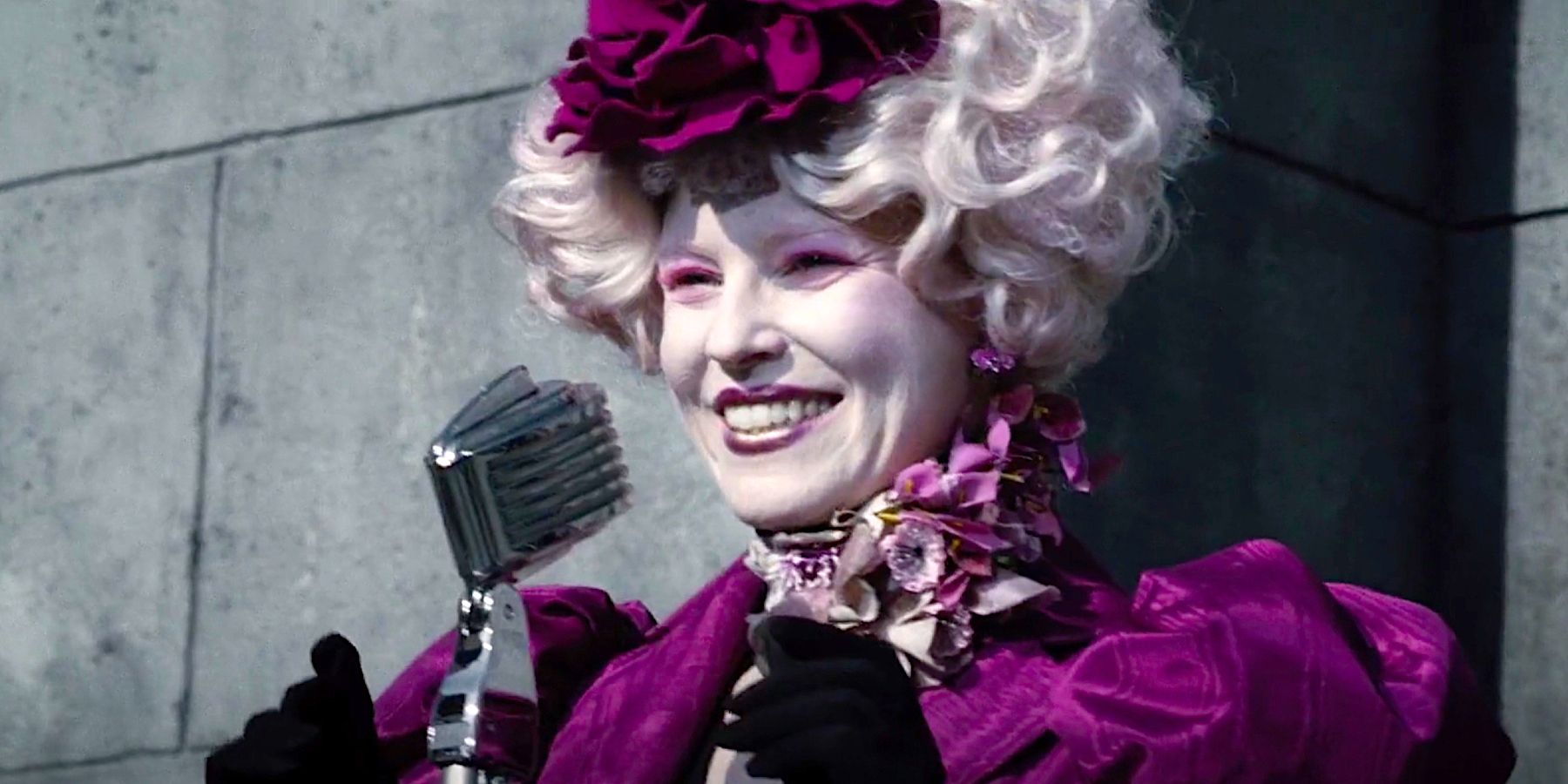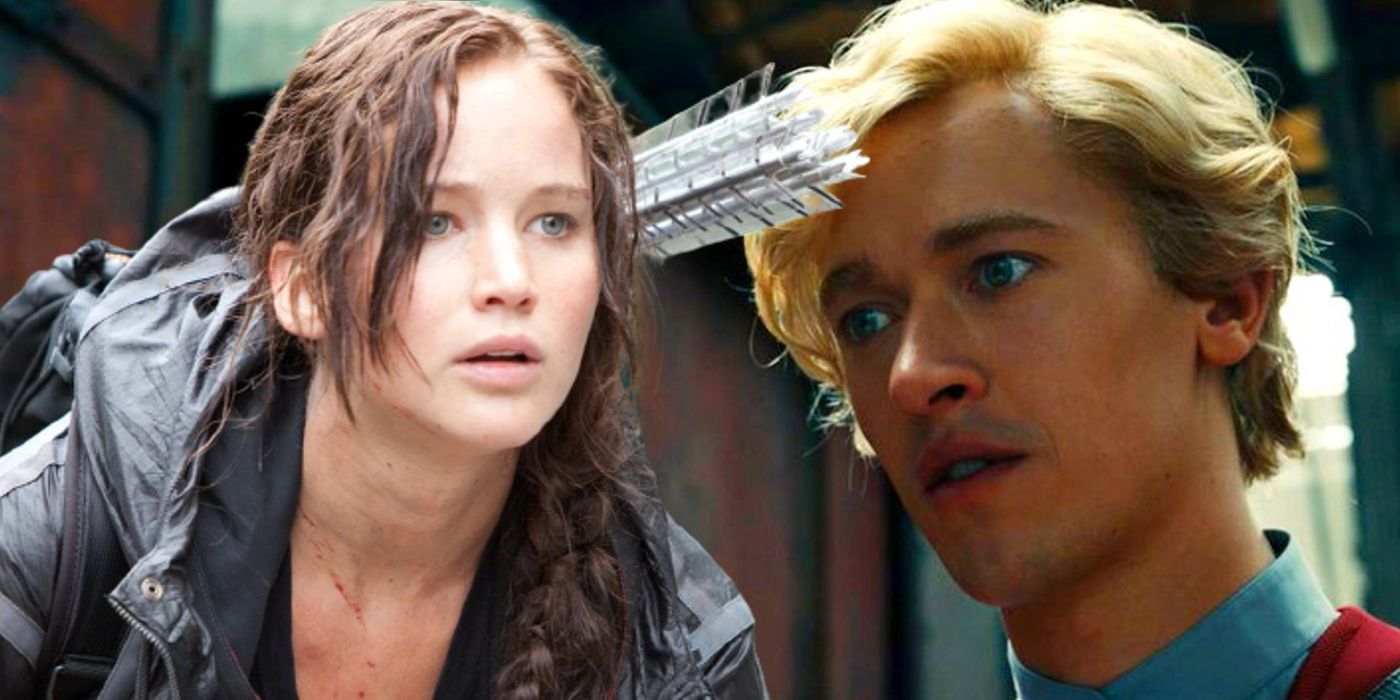
The Darkest Scene in The Ballad of Songbirds and Snakes

Exploring the darkest scene in The Hunger Games: The Ballad of Songbirds and Snakes, and its impact on the prequel's overall tone and narrative.
The Darkest Scene: A Gritty Introduction
The film adaptation of The Hunger Games: The Ballad of Songbirds and Snakes features the franchise's darkest scene, which is not explicitly shown in the book, adding to the overall tone of the prequel. The prequel novel to The Hunger Games was released in 2020 and was written by Suzanne Collins. The story follows the rise of Coriolanus Snow, which takes place within The Hunger Games' timeline 10 years after the Rebellion and 64 years before Katniss Everdeen volunteers for the 74th Hunger Games.
A young Coriolanus and his cousin Tigris run through the streets of the Capitol during the Dark Day in The Hunger Games: The Ballad of Songbirds and Snakes.
From the start, the book has a grittier tone than the original trilogy, as it dives into the political landscape of a nation grappling with new systems post-war. The MPA rating of The Ballad of Songbirds and Snakes' was changed from The Hunger Games, including the tag of 'disturbing material,' alluding to the fact that the movie would be darker than its predecessor.
Lucy Gray is on the ground of the arena with her mouth open in The Hunger Games: The Ballad of Songbirds and Snakes.
While the first scene in The Ballad of Songbirds and Snakes movie was not in the book, it sheds light on the horror of Capitol life during the war, providing insight into the hardships that molded Snow into the tyrant that he ultimately became.
The Cannibal Scene: A Dark Portrayal
The Ballad of Songbirds and Snakes movie's opening is changed from The Hunger Games book, with the addition of a flashback featuring a young Coriolanus and his cousin Tigris running through the streets of the Capitol during the Dark Days. This period marked the aftermath of the collapse of the First Rebellion in Panem. In this opening scene, Coriolanus and Tigris scavenge for food in the last year of the civil war, allowing the audience to see the Capitol in despair. While running through the streets, they encounter a man chopping off the leg of a dead woman. Coriolanus asks his cousin why the man did that, and she bluntly explains that he is hungry.
This scene is not included in the book, which instead begins with Coriolanus preparing to attend a reaping ceremony viewing with his class. In the book, Collins only alludes to cannibalism during the war, saying, '...the siege had reduced the Capitol to cannibalism and despair.' The inclusion of this cannibal scene at the beginning of the film vividly portrays the harsh realities faced by Capitol residents during the war. The fact that these hardships are shown through the lens of children intensifies its horror, making it the darkest scene in The Hunger Games franchise.
Opening with a scene that involves cannibalism immediately sets the tone for The Ballad of Songbirds and Snakes to be the darkest film in the franchise. The prequel focus is on the character of President Snow, the franchise's main antagonist, showing how he lied and manipulated his way to power. Additionally, the story is set against the backdrop of a society grappling with the aftermath of war. The Games themselves are in their beginning stages, without the grand spectacle that viewers saw in the 74th Hunger Games.
The Impact on the Prequel: A Dark and Mature Narrative
The Ballad of Songbirds and Snakes' 10th Hunger Games tributes endure harsh living conditions in the 'zoo,' as opposed to the lavish Training Center in later Games. They are even denied basic human necessities unless their mentor decides to provide them with food. The prequel intensifies the portrayal of death and suffering, featuring explosions that cause massive bodily harm and death, a mentor's throat being slit, and Marcus' throat being swung at with an ax. Overall, The Hunger Games: The Ballad of Songbirds and Snakes emerges as a darker and more mature film than its predecessors, which is immediately evident with the inclusion of cannibalism in the opening scene.















